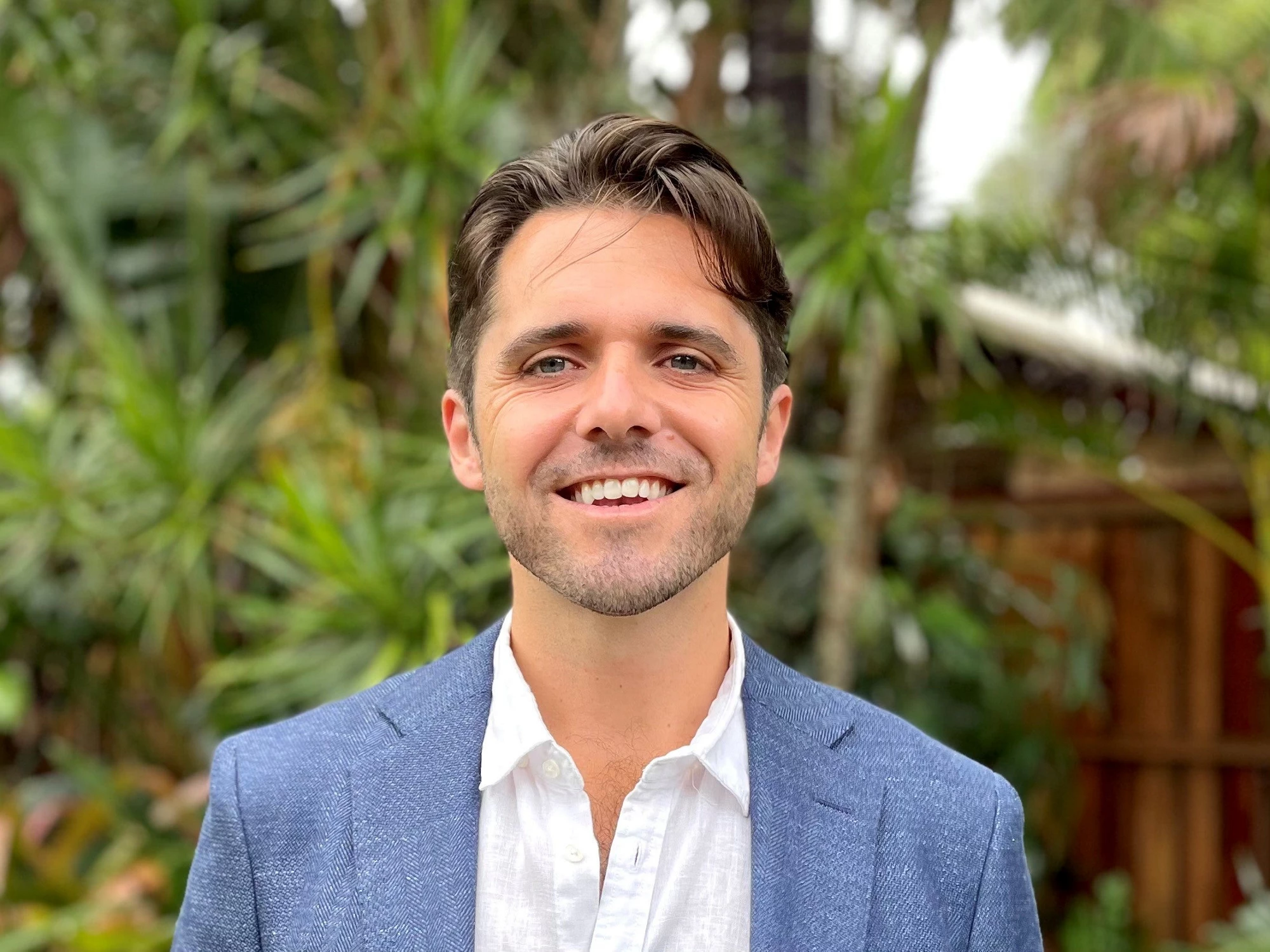 |
| Residents of Honiara eating dinner during a blackout. Energy in the Solomon Islands can be unreliable and expensive. |
A few nights ago, when I returned to my house on the ridges above Solomon Islands capital Honiara, my alarm clock was flashing 2 p.m. It was obviously wrong, and I have stopped relying on it for the time. Instead it is simply a very noisy gauge of how long it has been since the last power outage.
Unreliable energy supply is perhaps one of the harder things to get used to when living in Honiara. Long overdue maintenance being carried out on the city’s diesel chugging generators causes power outages for 72 hours per month on average. What is worse is that this actually seems efficient compared to rural areas which, due to a lack of spare parts and diesel, can lose power for up to a week.
Not only is energy in the country unreliable, it is expensive. Energy in Solomon Islands costs an average of US$0.58 per kilowatt hour. At this price, a family in Honiara using 250 watts for 8 hours a day would have to pay over US$1 a day for electricity. To put this into perspective, the average cost over all sectors in the United States for April 2009 was US$0.0969 per kWh; a tenth of what it costs in this low-income country.
 |
| One of the main diesel generators that power Honiara. The high price of electricity in Solomon Islands is due, in part, to a reliance on diesel for its power generation and inefficient ways of transmitting and distributing electricity. |
Last week, the country’s energy challenges provided the backdrop for the launching of an open week for the Solomon Islands Energy Agency (SIEA). The open week, designed to inform Solomon Islanders about the generation, distribution, and fee collection for electricity in the country, was launched by the Minister of Energy, Mines and Rural Electrification, Hon. David Day Pacha.
The World Bank has been working with the SIEA to improve the reliability and cost of power in the capital through the Solomon Islands Sustainable Energy Project (SISEP) and, in the longer term, a planned hydropower generation project on the nearby Tina River.
The high price of electricity in Solomon Islands is due, in part, to a reliance on diesel for its power generation and inefficient ways of transmitting and distributing electricity. SISEP and the proposed Tina River hydropower scheme look to lower these prices by exploiting the country’s abundant hydropower potential and improving the management and technical operations of SIEA.
In his opening remarks, Day Pacha highlighted the numerous challenges that face SIEA and ways in which these could be addressed. “It is our duty to seek new, local sources for power generation,” Day Pacha said, in reference to the Tina River project. “I would like to thank the World Bank,” he continued, “for the eventual implementation of the management and financial restructuring plan for the Solomon Islands Electric Authority.”
Many of the speeches given at the launch had their otherwise happy tone flattened by the glum admission of the problems facing SIEA. However, despite these challenges, the open week provides an example of the efforts that are being made to reach out to customers, communicate the importance of a properly functioning energy agency, and secure some of the ever increasing arrears facing the SIEA.
 |
| Minister of Mines, Energy, and Rural Electrification Hon. David Day Pacha speaks at the launch of an open week for the Solomon Islands Energy Agency (SIEA), designed to inform Solomon Islanders about electricity in the country. |
The Solomon Islands Sustainable Energy Project became effective in June of this year and is designed to improve the financial operations, technical operations and management of the SIEA. A commercialization manager has already been hired through the project and interviews have recently been carried out for a new General Manager and Director. Additionally, an improvement of the maintenance of generators is set to be carried out along with the implementation of loss reduction schemes to protect the city from continued power outages.
While reliability is being increased by SISEP and the price of electricity could be dramatically improved by the construction of a hydropower project, the energy situation for the moment remains difficult. Power outages remain frequent and time delays between these and back-up diesel generators lumbering into service can cause considerable difficulties in urban centers, particularly in hospitals.
However, it was widely acknowledged throughout the day that things are being done to address these problems and it was with a note of hope that the speeches hinted that the country is now beginning to move toward energy that will one day not only be reliable, but also affordable.


Join the Conversation